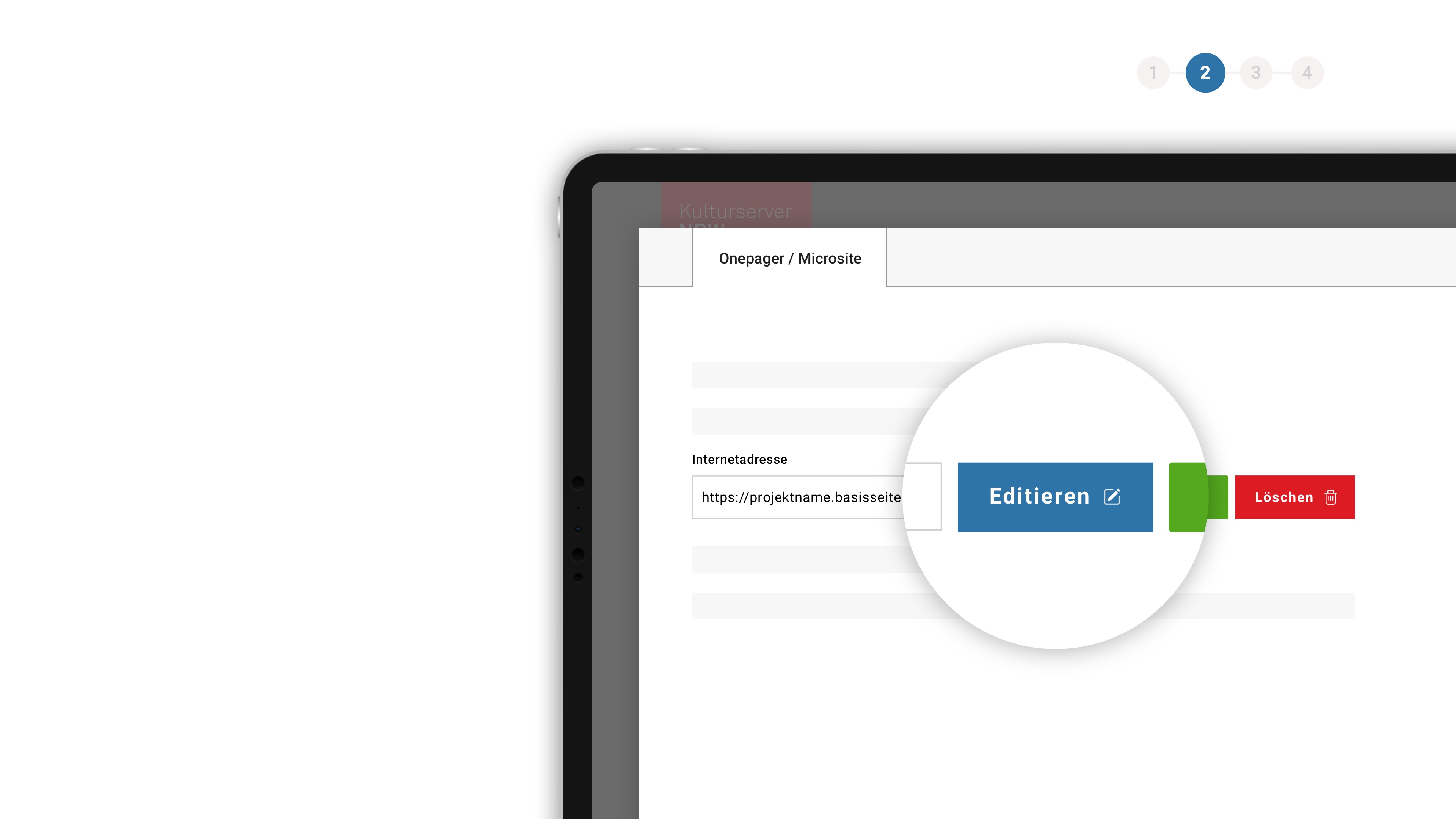Schedule - Deutsche Oper Berlin

![Giacomo Meyerbeer: Le Prophète [Kino] - © Ruth Tromboukis Giacomo Meyerbeer: Le Prophète [Kino]](https://imgtoolkit.culturebase.org?color=535353&quality=9&ar_method=rescaleIn&ar_ratio=1.33&format=jpg&file=https%3A%2F%2Fimg.culturebase.org%2Fe%2Fd%2F4%2Fe%2Fc%2Fpic_1511855945_ed4ec5f0bbec9d4843b7cccd48ec7a87.jpeg&do=rescaleIn&width=1235&height=600)












































Le Prophète
Giacomo Meyerbeer (1791 – 1864)
Grand Opéra in five acts Giacomo Meyerbeer
Libretto by Eugène Scribe and Émile Deschamps
First performed on 16th April 1849 at Opéra national de Paris
Premiered at the Deutsche Oper Berlin on 26th November 2017
Recommended from 16 years on
4 hrs 30 mins / two intervals
In French language with German and Englisch surtitles
Pre-performance lecture (in German): 45 minutes prior to each performance
aged 16 and over- Conductor
- Stage Director
- Set Design; Costume Design
- Light Design
- Chorus Master
- Children's Chorus
- Jean de Leyde
- Fidès
- Berthe
- Zacharie
- Jonas
- Mathisen
- Oberthal
- 1st Farmer
- 2nd Farmer
- 1st Farmer / 1st Anabaptist / 1st Citizen / Soldier
- 2nd Farmer / 2nd Anabaptist
- 2nd Citizen / Officer
- 3rd Citizen
- 4th Citizen
- Chorus
- Chöre
- Orchestra
- Ballet
- Revival23202015:00FebSunD-Prices: € 136,– / € 100,– / € 72,– / € 44,– / € 26,–
- 29202018:00FebSatD-Prices: € 136,– / € 100,– / € 72,– / € 44,– / € 26,–
- Last performance in this season06202018:00MarFriD-Prices: € 136,– / € 100,– / € 72,– / € 44,– / € 26,–

Supported by "Beauftragten der Bundesregierung für Kultur und Medien aufgrund eines Beschlusses des Deutschen Bundestages".
- Conductor
- Stage Director
- Set Design; Costume Design
- Light Design
- Chorus Master
- Children's Chorus
- Jean de Leyde
- Fidès
- Berthe
- Zacharie
- Jonas
- Mathisen
- Oberthal
- 1st Farmer
- 2nd Farmer
- 1st Farmer / 1st Anabaptist / 1st Citizen / Soldier
- 2nd Farmer / 2nd Anabaptist
- 2nd Citizen / Officer
- 3rd Citizen
- 4th Citizen
- Chorus
- Chöre
- Orchestra
- Ballet
“During that period I also saw the prophet for the first time – the prophet of the new world. It gladdened my heart. I felt uplifted inside and abandoned all my rabble-rousing plans which suddenly appeared so ungodly, seeing that divine humanity and sacrosanct truth in all its purity and noblesse had already nestled down warmly in our blessèd present day.” Such were the sentiments expressed by Richard Wagner in a letter he wrote in 1850 describing a visit to the Paris Opéra to see Meyerbeer’s “Le Prophète”. A year after its premiere, the performance he attended was already the 47th at that venue. Wagner’s ironically over-egged eulogy betrays a realisation – hard to swallow for the ambitious young composer – that the grand master of grand opéra, Giacomo Meyerbeer, and his body of work would be a force to be reckoned with for some time yet – especially in Paris, the epicentre of opera at the time.
It is no exaggeration to say that Meyerbeer was the most successful composer of opera of his generation. Long before Wagner’s musical dramas – more informed by Meyerbeer than the maestro was ever willing to admit – were accorded their shrine on the green hill in Bayreuth, the international star from Berlin was notching up triumphs in Paris and elsewhere that seemed quite impossible to equal, far less top. It was “Le Prophète”, not “Parsifal”, that French reviewers and art critics considered to be the paradigmatic work of the future, while audiences saw it – at least in France – as mirroring their own age of revolution and upheaval.
Meyerbeer’s grand opéra depicting the real-life Anabaptist ‘king’ Jean de Leyde is at once meticulously thought-through theatre of ideas and an historical panorama wise to the psychology of crowds, a tale of political radicalisation as private and public catastrophe. When the despotic Count Oberthal sequesters Jean’s fiancée, the simple innkeeper joins the Anabaptists, a Protestant sect. His function is to rally the masses in support of the Anabaptists, but the social utopia is undermined by the excesses of its power-drunk leaders. “Do you want to be your masters’ masters?” is the question posed by the Anabaptists to rouse the country folk at the start of the opera. Rather than achieving a classless society marked by liberty, equality and fraternity, the Anabaptists sought only to revolutionise power relations. One thread running through Meyerbeer’s work is the corrupting effect of power. The only voice of reason is that of the women, the powerless, apolitical inhabitants of this (19th century) world – headed by Jean’s mother Fidès, who warns her infatuated son to recant, proffering pure and total forgiveness in return.
The work is also a visual delight. The first electrical lighting in the history of opera (the “prophet’s sun”), an elaborate choreography “on ice” involving roller skates disguised as ice skates and a spectacular set that included a collapsing palace could be described as forerunners to the effects used in modern blockbusters. Add sophisticated chorus scenes and a running time of four and a half hours and one can be forgiven for assuming that the regrettable disappearance of Meyerbeer’s decidedly grand and expensive-to-mount operas from programmes in later decades was due to more than just the aspersions cast by Wagner. Regrettable, too, for the musical diversity of Meyerbeer that audiences were deprived of in that period: bucolic pastorals, portentous choruses, spectacular finales, Italian bel canto coloratura and French declamation – the composer’s trans-European proficiency knows no bounds. And if his works have one thing in common, it is the music written for vocal accompaniment and composed with specific singers in mind.
After coaxing the orchestra of the Deutsche Oper Berlin to triumphs with Meyerbeer’s “Dinorah” and “L’Africaine”, Enrique Mazzola, Music Director of the Orchestre National d’Île de France, once again takes the conductor’s stand. The opera was directed by French actor, director, intendant and author Olivier Py, a figure renowned as much for his political engagement as for the subtlety and allusive nature of his imagery.





